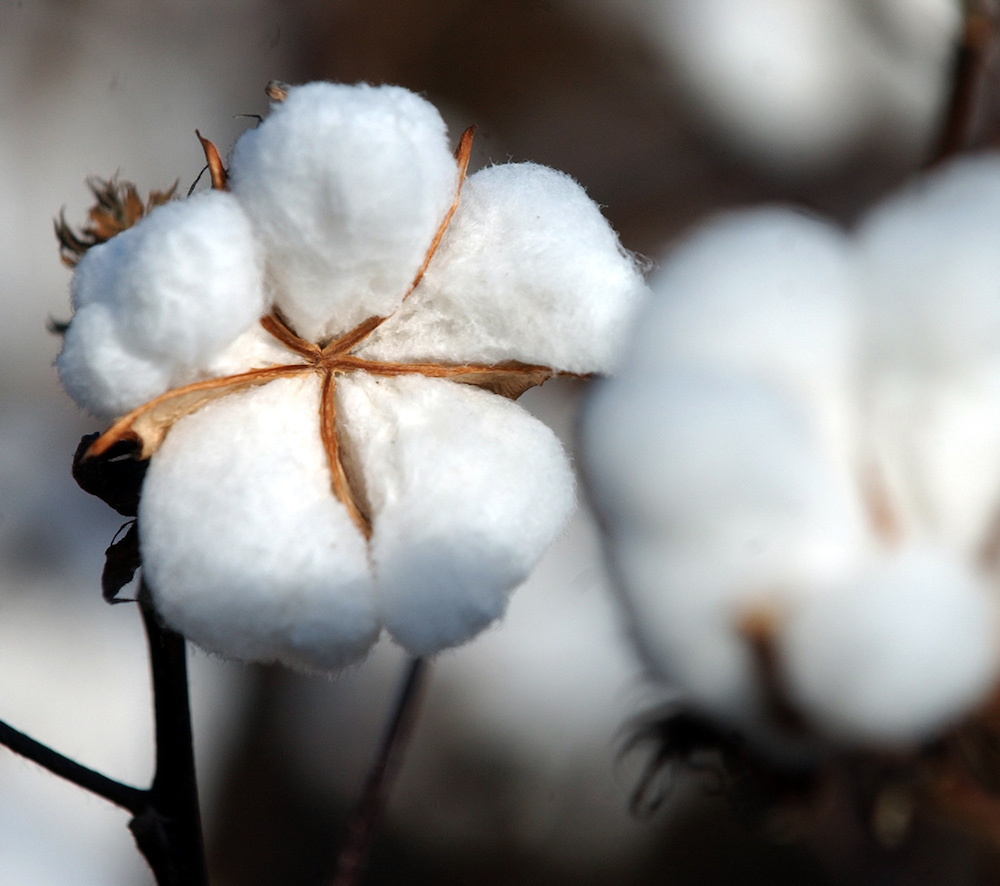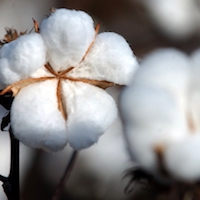With harvest season less than a month away for some Georgia cotton farmers, knowing when to defoliate is an important decision all growers have to make, according to Mark Freeman, University of Georgia Cooperative Extension cotton agronomist.
Before cotton can be harvested, the plant’s leaves must be removed through a process called defoliation, which helps speed up the plant’s maturity. Farmers apply a chemical treatment and, approximately two weeks later, the crop is ready for harvest.
“The way cotton grows, bolls are going to open up in the bottom first because those are the oldest bolls. As you move up the plant, the bolls are younger,” Freeman said. “We have to take all of the leaves off of the plant to try to open up those younger bolls. We try to do it at the best time to optimize yield and quality. We want all the bolls on the plant open and ready for harvest at the same time.”
If farmers apply a defoliant too early, they could lose yield because of a lack of maturity. If defoliant is applied too late, losses from boll rot and weather can occur.
Freeman offers farmers three recommendations for how to determine if a crop is ready to be defoliated.
- Percentage of open bolls: Typically in Georgia, when a crop has about 70% open bolls, it’s safe to defoliate. If the crop is uniform without fruiting gaps, it is likely mature enough.
- Number of nodes above cracked bolls: With this method, farmers find the highest cracked boll and then count the number of nodes up the plant to the uppermost harvestable boll. If there are four or less nodes between the two, it is likely safe to defoliate.
- Sharp knife method: The safest method is to cut representative bolls open at a cross section. Check the seed for a fully-developed dark seed coat and lint that strings out.
“The (sharp knife method) is really the best indicator of maturity, but we want to use all three methods in conjunction to make the best decision that we can,” Freeman said.
Due to weather-related issues, Georgia’s cotton crop looks sporadic across the state, Freeman said. Areas that have had rainfall look promising, while other areas have struggled due to inadequate rainfall in July and August.
“The irrigated crop looks good. I wouldn’t say it’s excellent, but there’s going to be good yields from the irrigated part. Dryland, on the other hand — some areas look good, but more areas do not look so good,” Freeman said.
For more information about cotton production in Georgia, see the Georgia Cotton News website.








